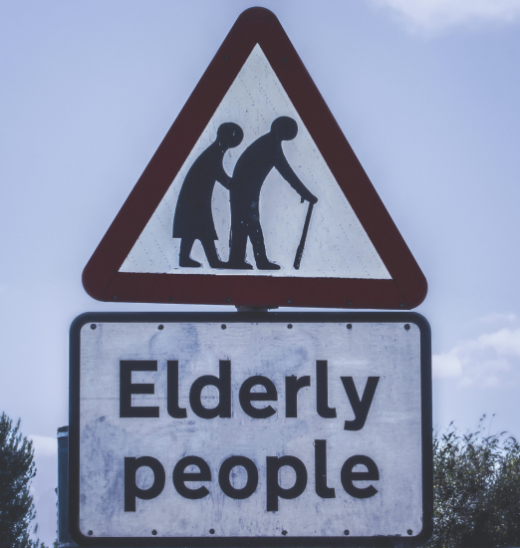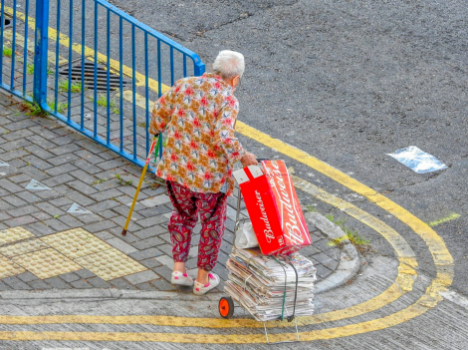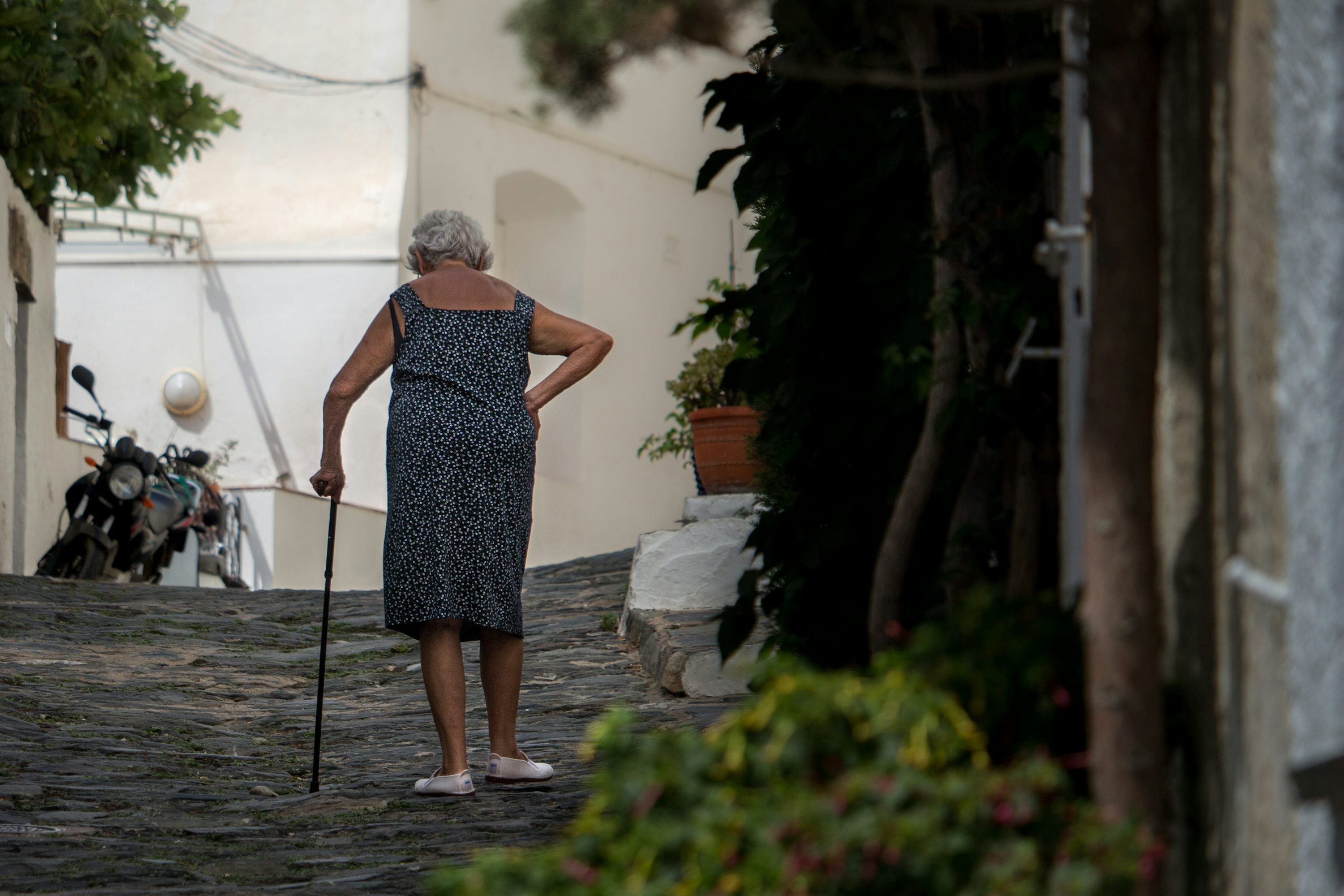Falling has become a severe challenge for the elderly all over the world, which has brought a heavy burden to their health, family economy and social medical resources. In this context, the old people's fall insurance came into being and improved constantly, which provided important risk protection for the old people.

In Japan, the development of fall insurance for the elderly is mature and characteristic. Japan is one of the countries with the highest aging degree in the world, and the problem of elderly people falling is particularly prominent. In order to deal with this problem, Japanese insurance companies have launched a variety of insurance products specifically for the elderly to fall. These insurances not only cover medical expenses caused by falls, but also include rehabilitation nursing expenses and hospitalization allowance. Some insurance products have also specially added protection for the long-term care needs of the elderly after falling, such as providing reimbursement for the expenses of nursing institutions or subsidies for on-site services of professional nurses. Some Japanese insurance companies also cooperate with medical institutions and rehabilitation centers to provide comprehensive health management and fall prevention services for the insured elderly, such as regular physical function assessment, health lectures, exercise rehabilitation guidance, etc., which can reduce the risk of falls for the elderly from the source and improve the cost performance and practicality of insurance.

Britain also has a unique model and measures in the field of fall insurance for the elderly. British insurance companies not only provide basic fall accident insurance, but also pay attention to improving the living environment of the elderly and equipping auxiliary facilities as part of insurance services. For example, some insurance companies will provide free aging renovation assessment for insured elderly people's houses, and give some subsidies for renovation costs, such as installing anti-skid facilities in bathrooms, installing handrails in corridors and stairs, and replacing old lamps to improve lighting brightness, which effectively reduces the possibility of elderly people falling down at home due to environmental factors. In addition, there is a special kind of "nursing insurance" in Britain, which is closely related to the protection of the elderly against falls. When the elderly need long-term care due to physical decline caused by falls, nursing insurance can provide financial support to pay for professional nursing services, which can provide corresponding protection for both home care and staying in nursing institutions, thus reducing heavy economic pressure for the elderly and their families.

In Australia, the fall insurance for the elderly has also been widely concerned and promoted. Australian insurance companies work closely with the government and community organizations to build a diversified fall protection system for the elderly. On the one hand, insurance companies have developed a variety of insurance products. Apart from the common provisions on reimbursement of medical expenses and disability compensation, they have also added special provisions such as fall protection in outdoor activities and fall protection in tourism to meet the needs of different groups of elderly people in Australia. On the other hand, the government and community organizations actively participate in various health promotion activities and fall prevention projects for the elderly, which improve their awareness and ability of self-protection, and also reduce the risk cost for insurance companies. For example, many communities regularly organize the elderly to participate in balance training courses and fitness activities to help them enhance their physical fitness and balance ability and reduce the incidence of falls; Some local governments will also carry out aging-adaptive transformation in public places, such as setting more rest seats in parks, bus stations and other places, laying non-slip roads, etc., to provide a safer environment for the elderly to travel, and indirectly improve the effectiveness and sustainability of the fall insurance for the elderly.



